(*) The article is not intended to encourage readers to try it.
Whale Meat Sashimi
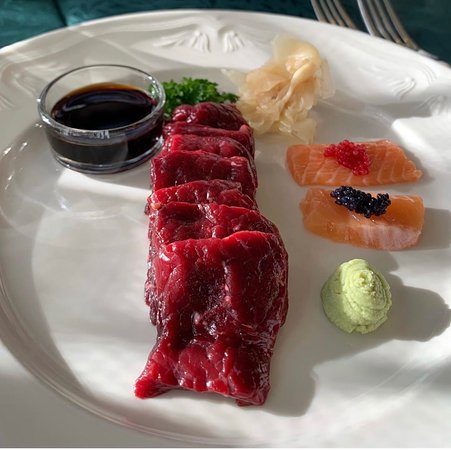
When Japan was short of food, whale meat was often found at home meals or in school cafeterias. In addition, in recent years it has been found that whale meat is a type of seafood containing a lot of balenine, a very good ingredient for health and beauty.
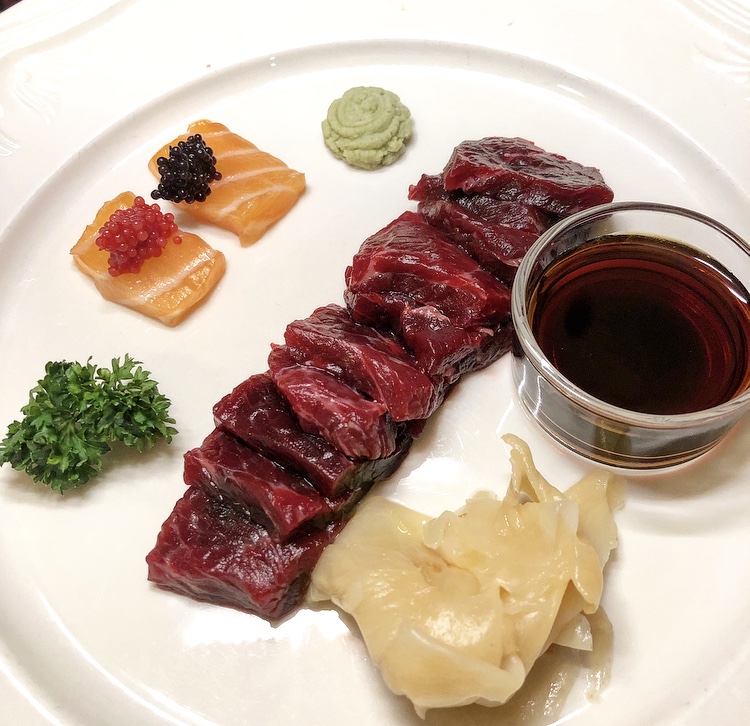
Basashi – Horse Meat Sashimi
Basashi is thin sliced raw horse meat. In addition, it is also called with another name is baniku. Finished meats delivered to restaurants are always kept cold to prevent food poisoning. Basashi is often served with grated ginger, crushed garlic, and chopped leeks and seasoned with soy sauce. In the Aizu region of Fukushima prefecture, horse meat is often eaten with miso, garlic and pepper.
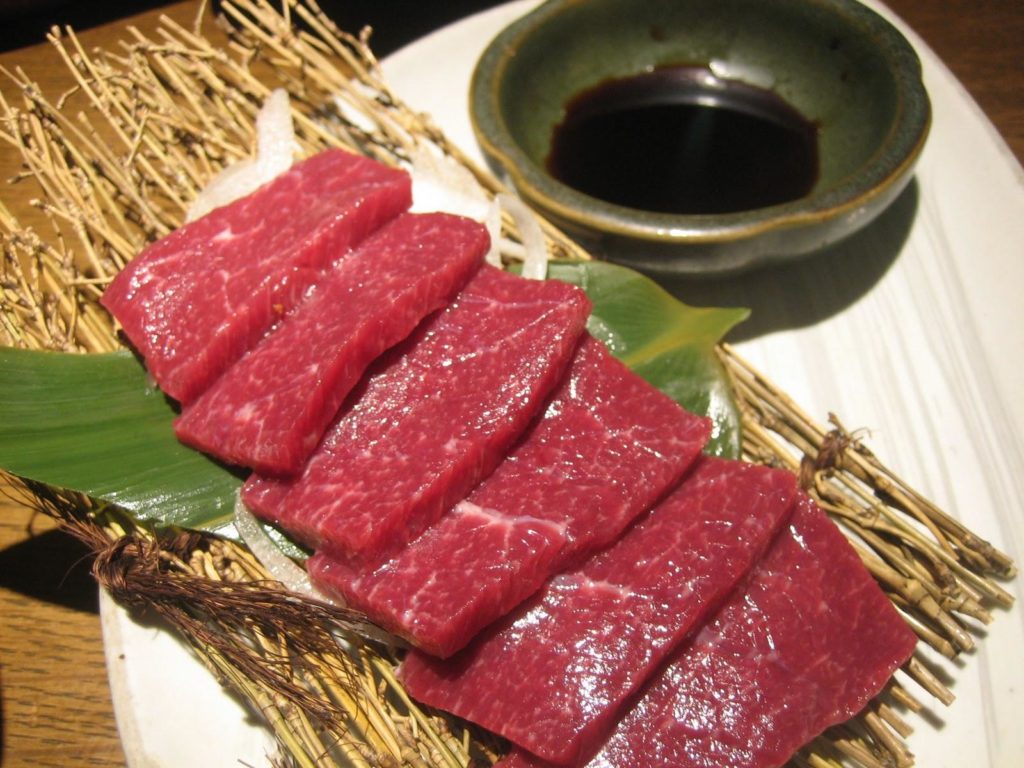
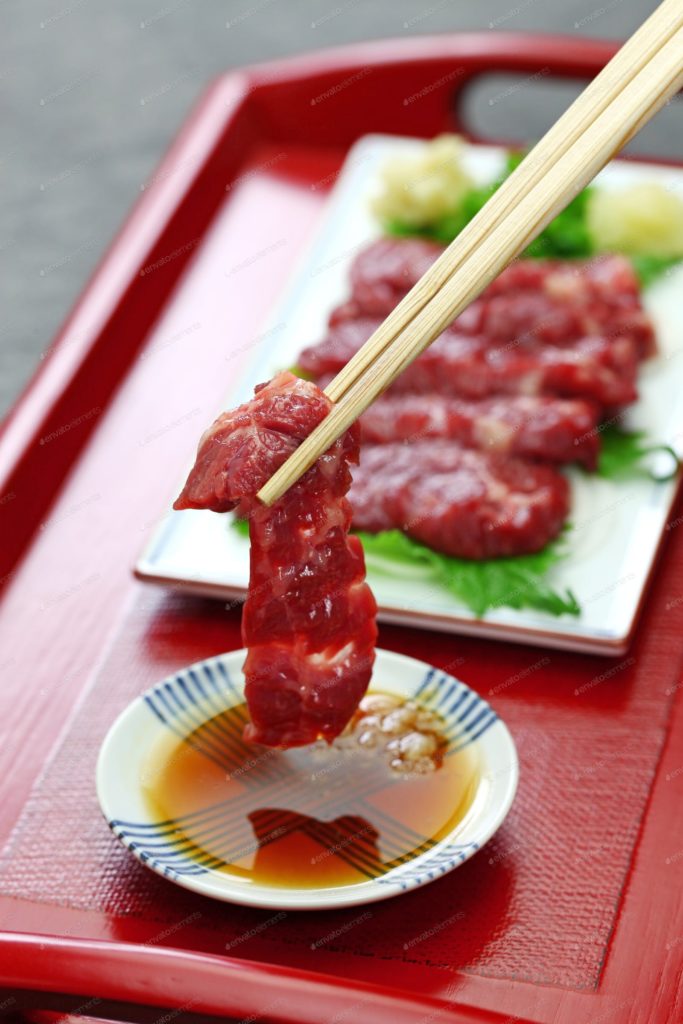
Raw chicken – Torisashi
Torisashi is raw chicken sliced thinly or partially cooked on the skin to preserve its fresh taste. The slices are then served with wasabi, soybeans and salads. Just like with sushi, customers dip sashimi into soybeans and then eat them raw.
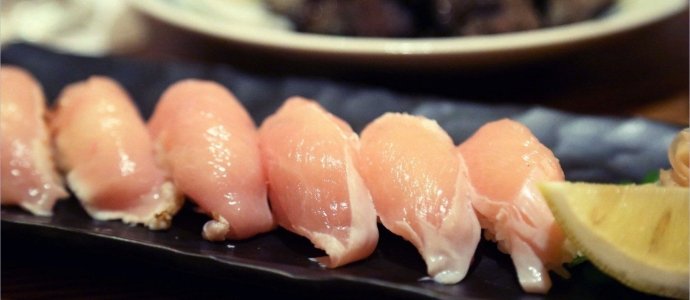
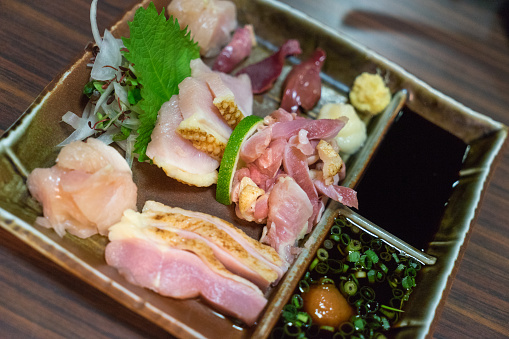
Bee larvae – Hachinoko
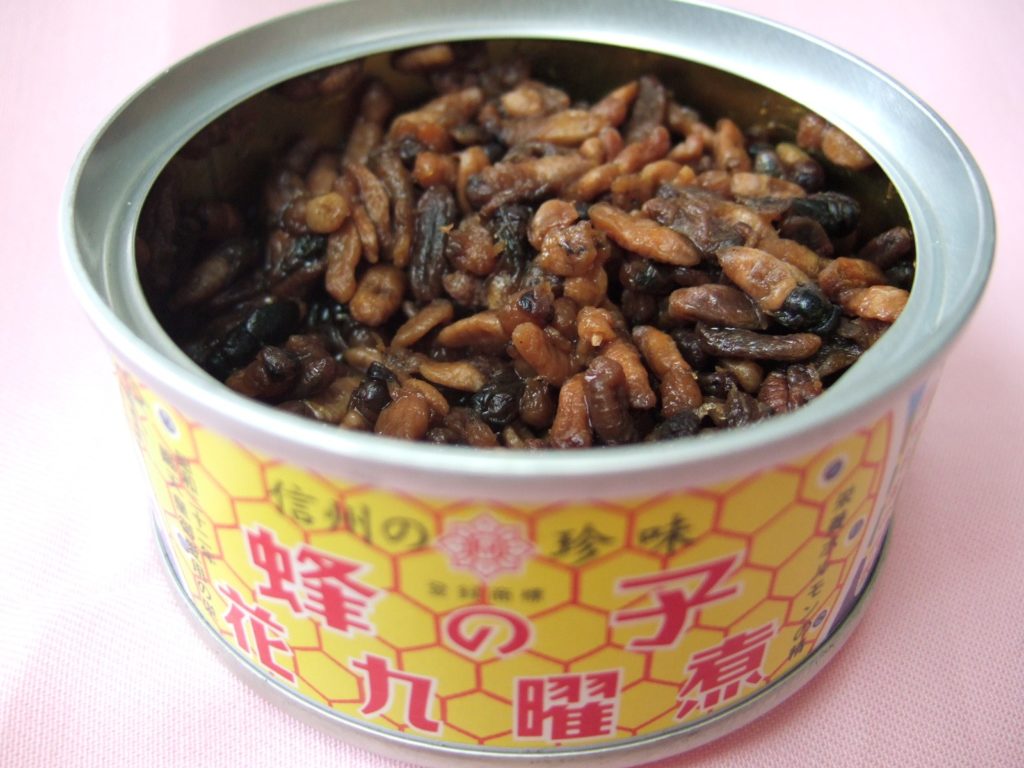
Hachinoko is a dish made from bee larvae that is similar to Vietnamese pupae. Once upon a time it was a valuable culinary source of protein, and today it is a high-end, commercially available canned or bottle. Larvae hunting season is autumn and in Nagano it’s a children’s game and now an explainer activity for adults.
Grasshoppers – Inagono tsukudani
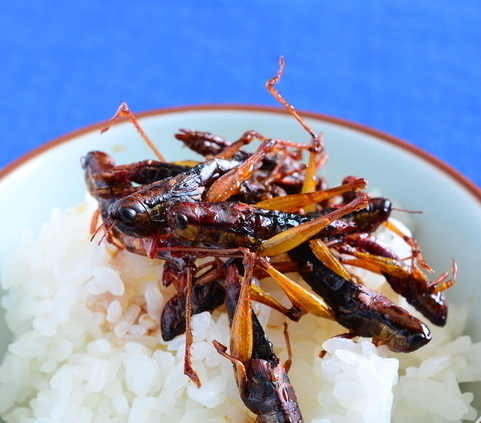
A dish made from grasshoppers after a rice harvest in the fall. Although not too popular, in popular places this dish still sells live grasshoppers. After removing the jagged leg and bristles (if any) they will be washed with water, baked or roasted with an unglazed clay pot. Then boil for a few hours and then add spices like soy sauce, sugar, continue to boil for a few hours to make Tsukudani.